Function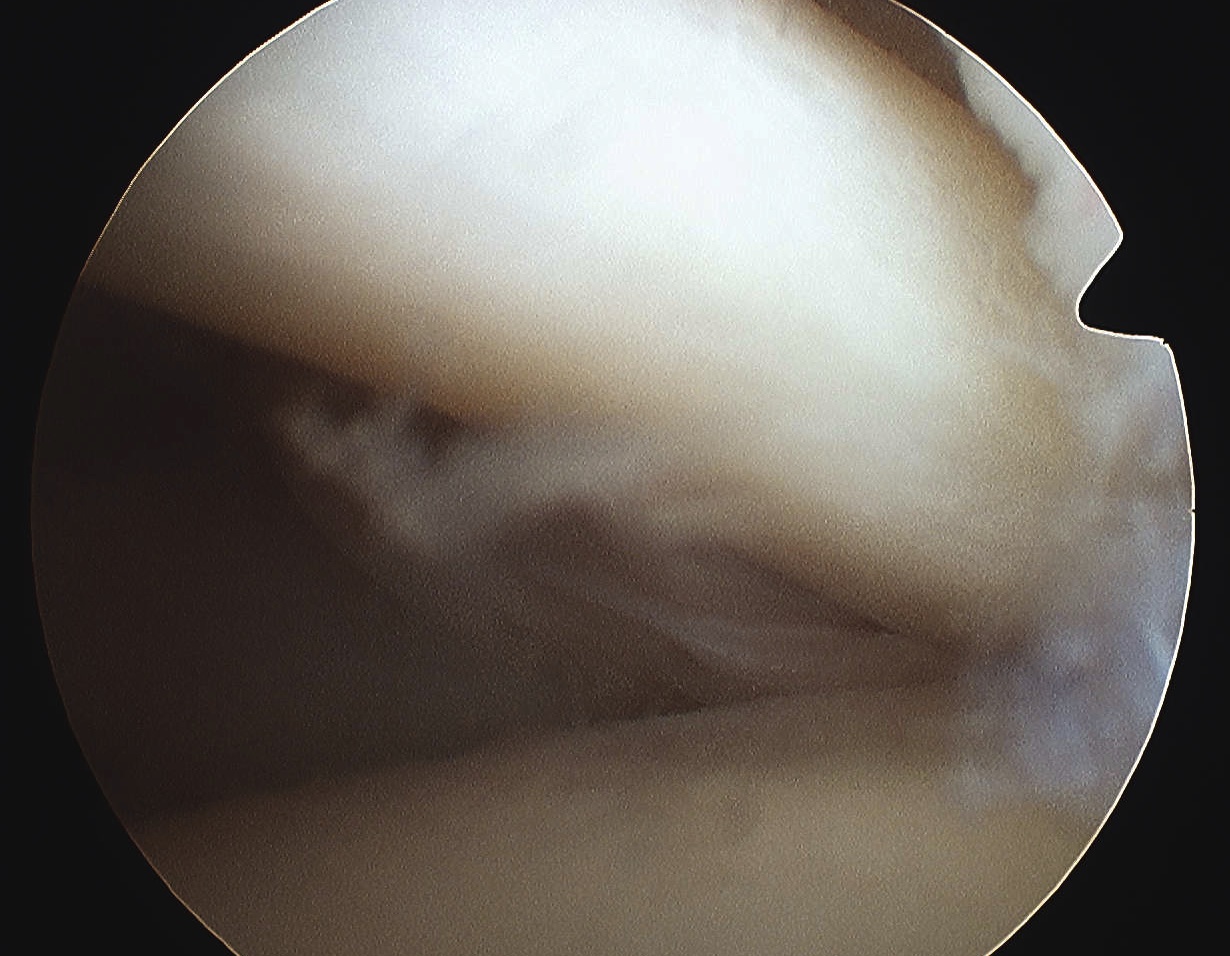
LHB primary function is humeral head depressor
Also accelerate / decelerate arm in overhead sports
Problems
Biceps problems usually occur with other pathology
- rotator cuff / instability
3 main problems
1. Degeneration
- "Tendinosis"
- usually associated with impingement
- can lead to rupture
Rupture
- rarely associated with weakness
- 80% flexion strength from brachialis and short head biceps
2. Instability
Stability contributed by
- transverse humeral ligament
- coracohumeral ligament
- superior GH ligament
Almost always associated with cuff tears
- SS tears
- medial subluxation with SSC tear
Lafosse et al Arthroscopy 2007
- biceps can be unstable anteriorly or posteriorly
- anterior with SSC tears
- posterior with SS tears
3. Disorders of the origin (SLAP)
4. Hourglass Biceps
Wiley etal J Shoulder Hand Surg 2004
- thickened intra-articular portion biceps
- unable to travel in groove
- with forward flexion of arm, arthroscopically see bunching of biceps
- requires double release / tenotomy / tenodesis
Anatomy
Origin
- from postero-superior labrum and supraglenoid tubercule
Tendon is intra-articular
- passes deep to CH ligament, through rotator interval
- enters bicipital groove, beneath transverse humeral ligament
Examination
Tenderness over biceps tendon crucial
Rupture
- Popeye appearance
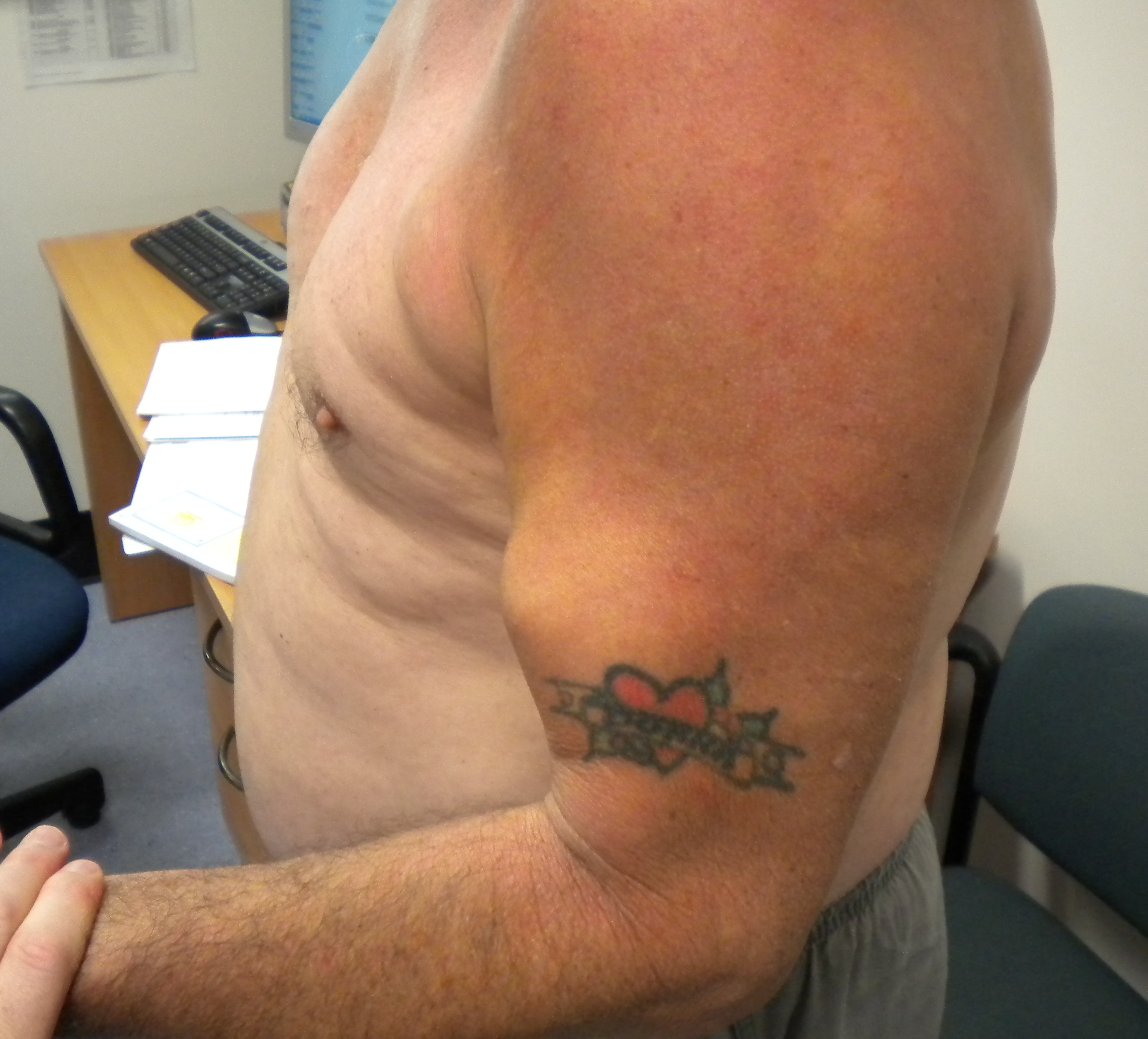
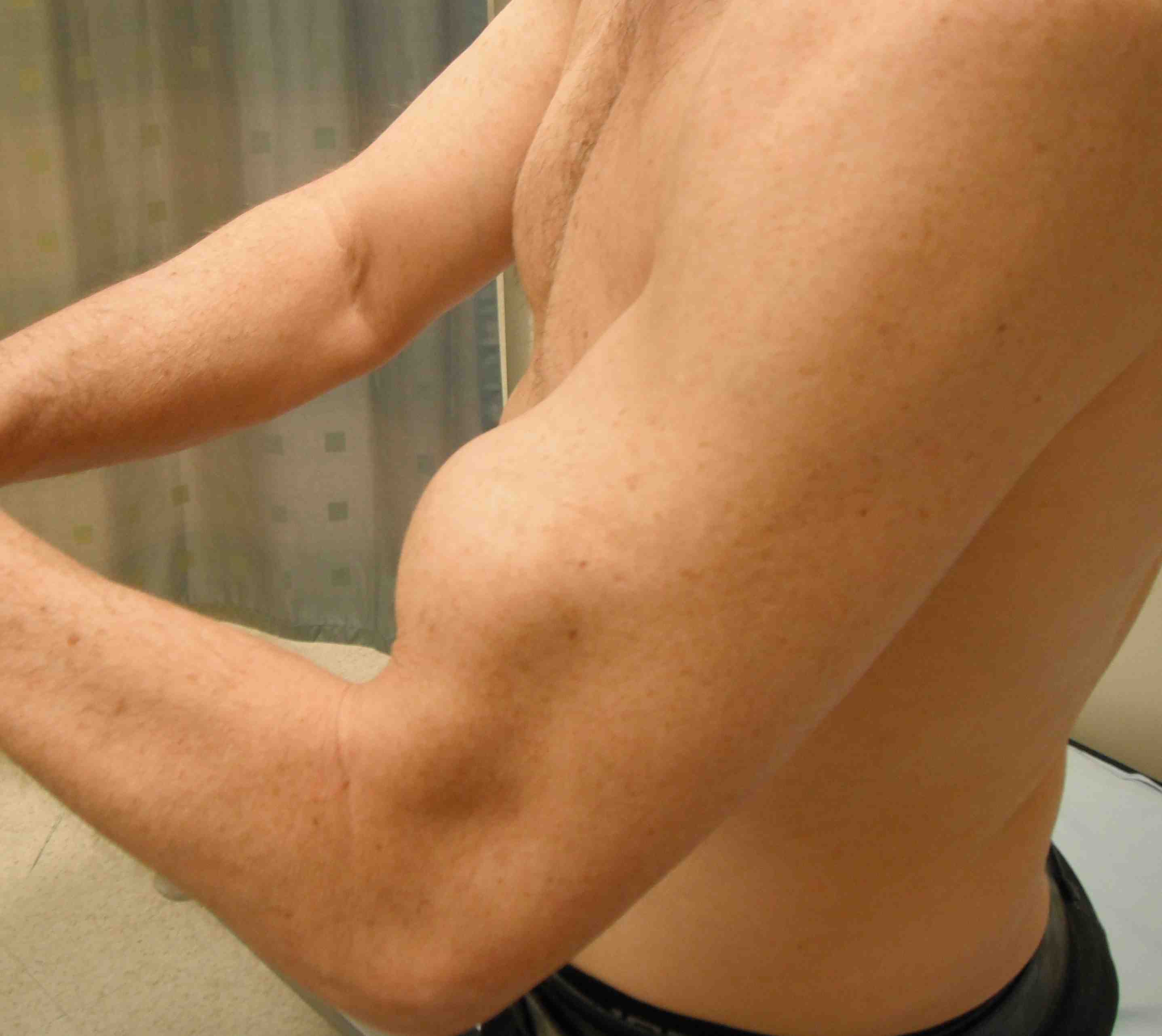
Speed's
- forward flexed shoulder against resistance
- elbow kept extended and supinated
- feel pain or palpate tenderness
Yergason's
- elbow flexed and pronated
- resist supination
- pain over LHB
O'Brien's / SLAP
- arm forward flexed and adducted in plane of scapula
- point thumb down and resist downwards force
- this generates pain
- no / less pain with thumb up
MRI
Normal
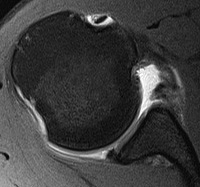
Tendonitis
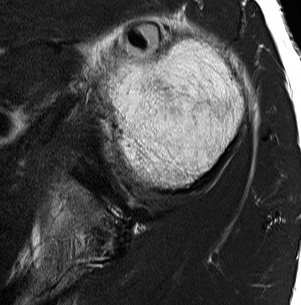
Tendonosis / thickening
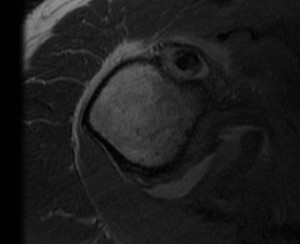
Medial Subluxation
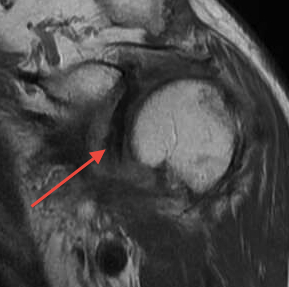
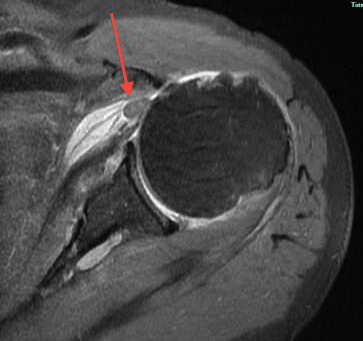
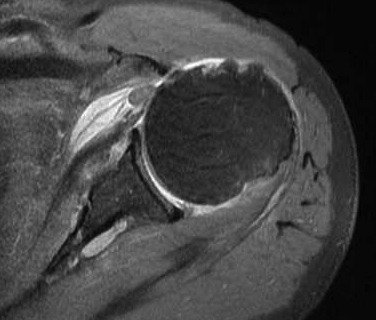
Arthroscopy
Normal
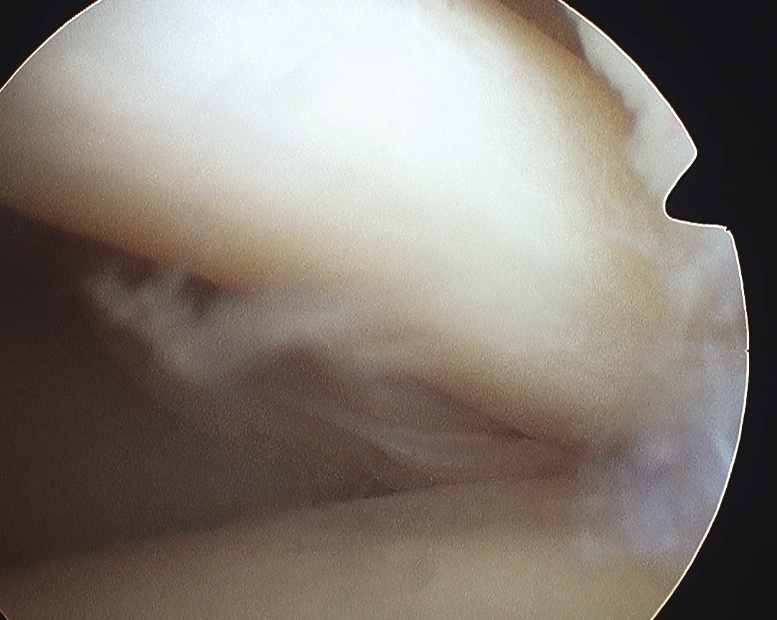
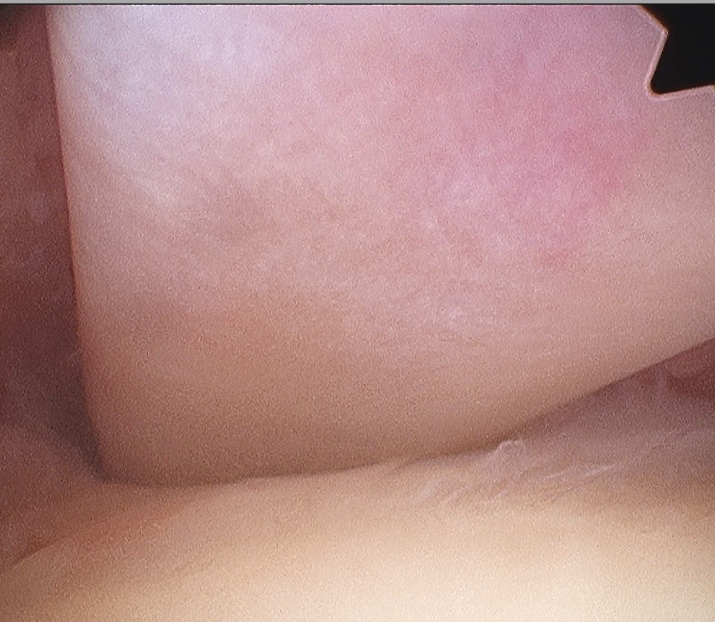
Mild Tendonopathy
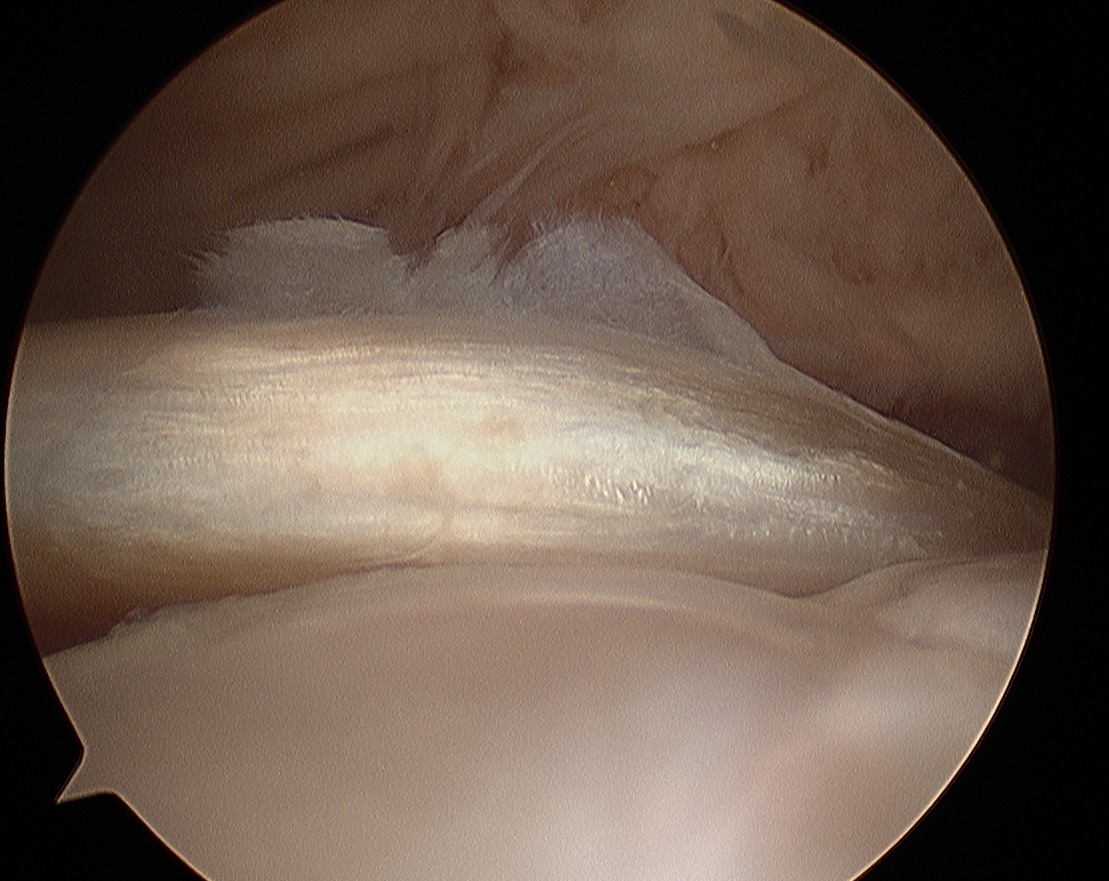
Moderate Tendonopathy
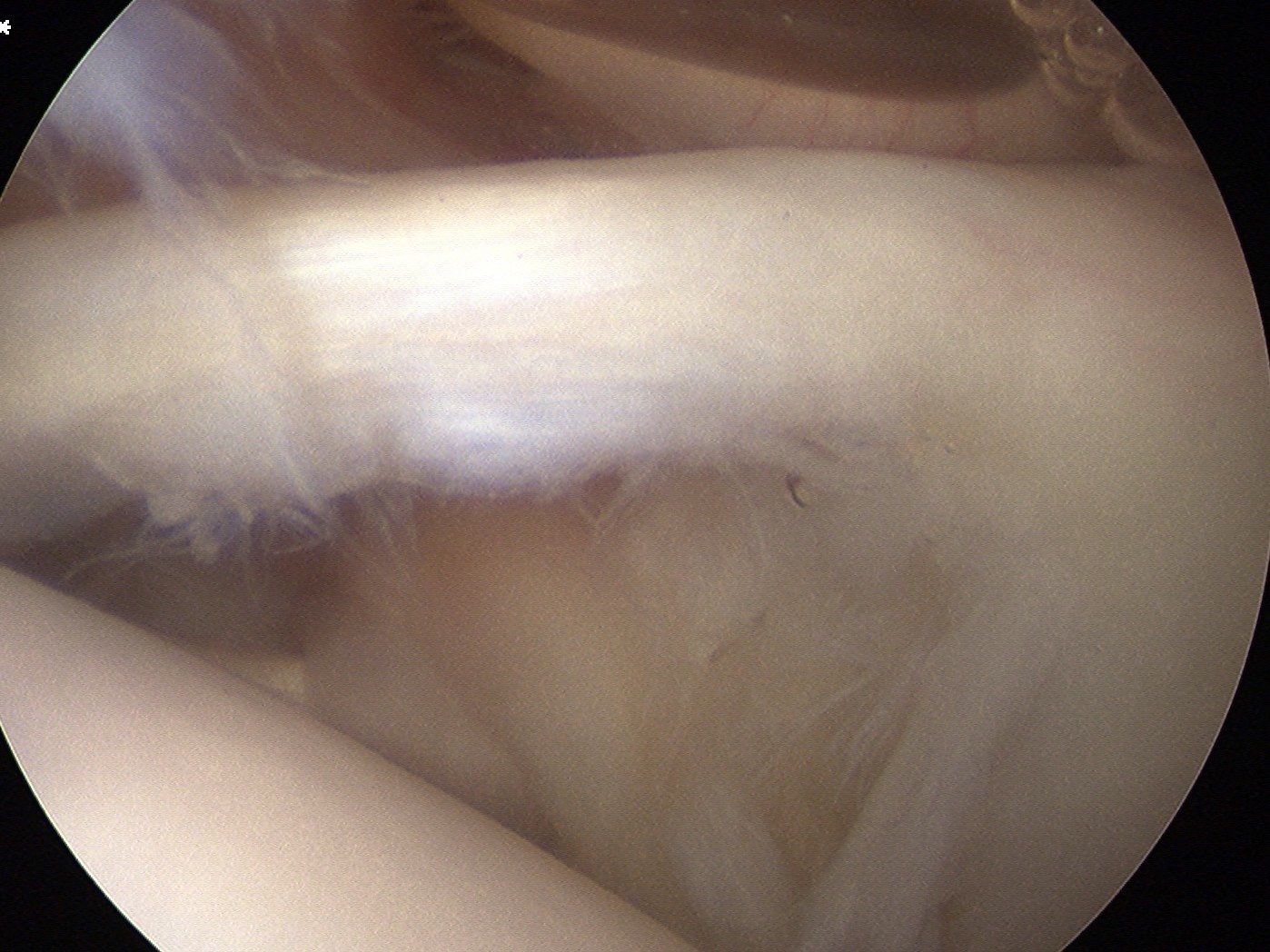
Severe Tendonopathy

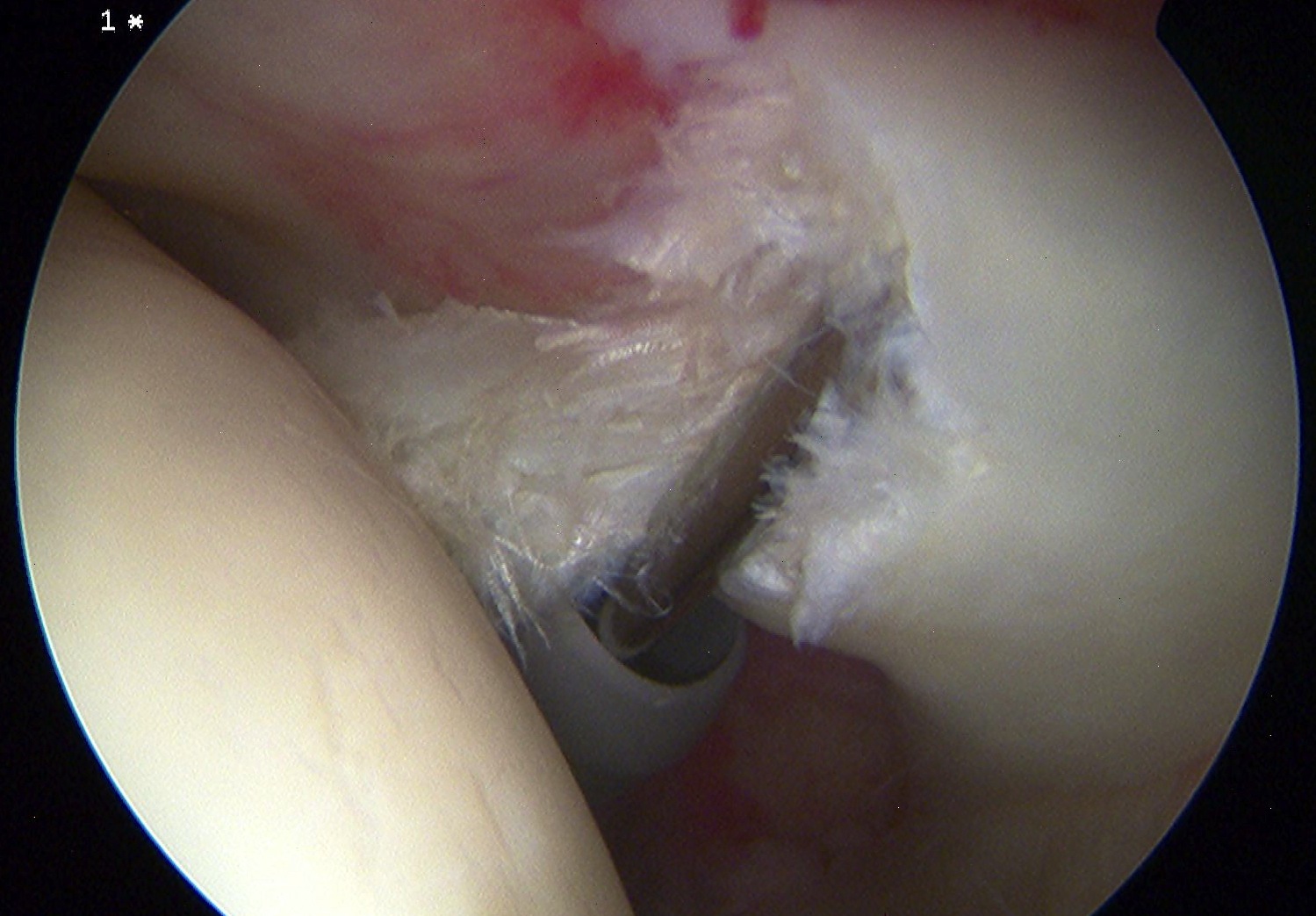
Dislocated Biceps in Presence of complete SSC Rupture
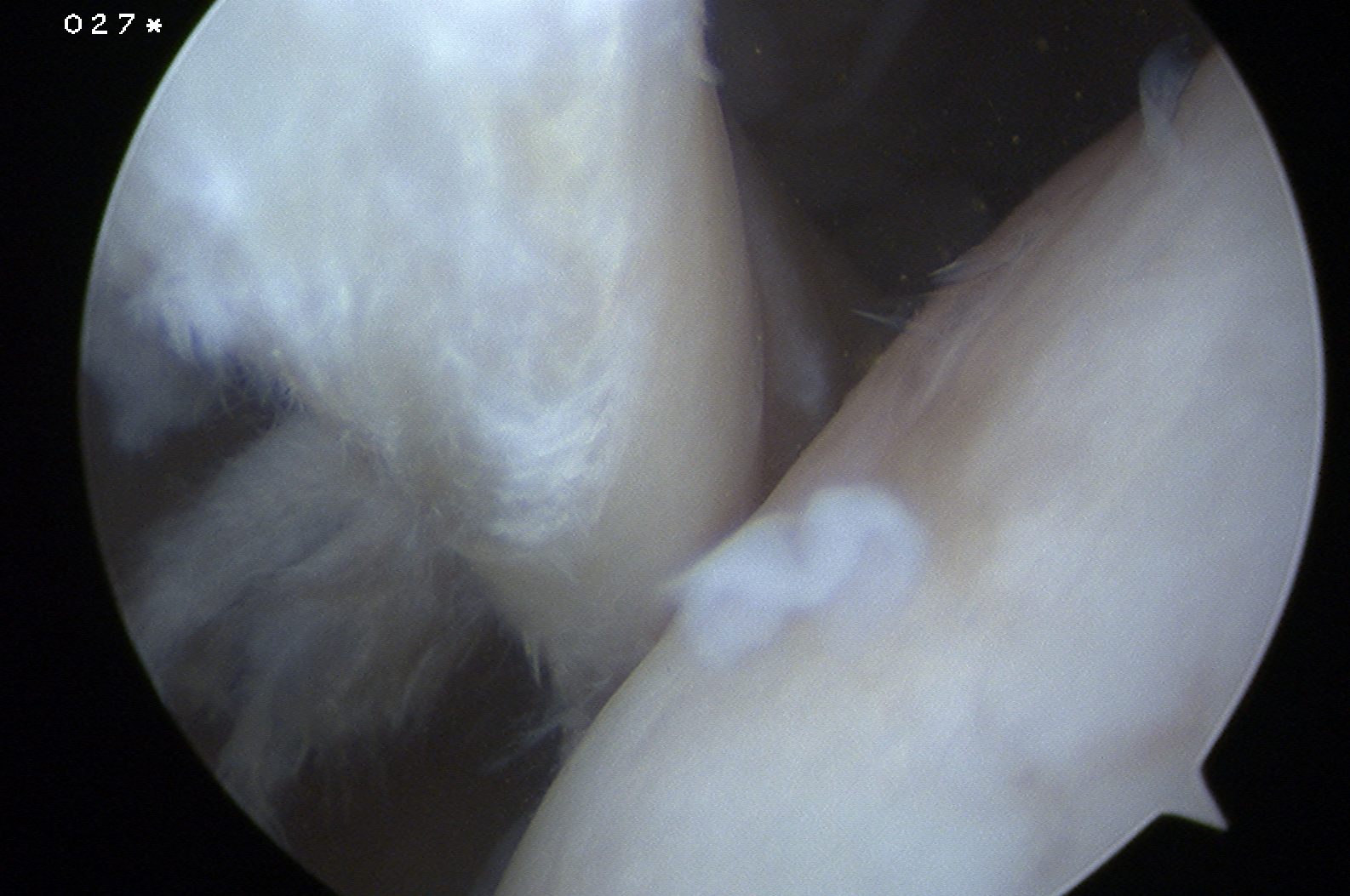
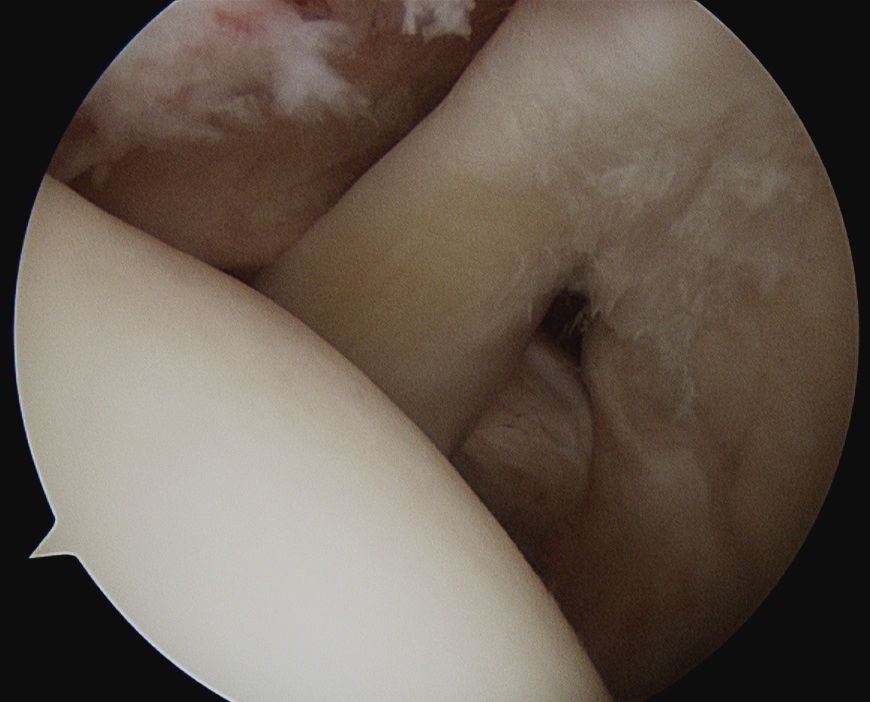
Management
1. Tendonitis
Non Operative
As per rotator cuff / impingement
- HCLA
- physio
Surgical Options
1. SAD
2. Manage rotator cuff pathology
3. Consider for inflamed but intact LHB
- release THL
- spare CH ligament
2. Tendon Fraying / Tendinosis / Rupture
Grade tendon integrity
I Minor fraying <25%
II Fraying 25-50%
III Fraying >50%
IV Complete rupture
Management Strategy
I & II
- SAD & debride tendon
III & IV
- SAD & biceps tenodesis / tenotomy
Tenotomy v Tenodesis
Frost et al Am J Sports Medicine April 2009
- reviewed all articles on tenotomy / tenodesis
- concluded that there is no evidence for superiority of one over another
Koh et al Am J Sports Med 2010
- tenotomy v tenodesis in setting RC tears
- 9% popeye in tenodesis (suture anchor) and 27% in tenotomy
- no other difference in terms elbow flexion power / shoulder scores
Tenotomy
Popeye deformity
Lim et al Am J Sports Med 2011
- incidence of pop-eye of 45% post tenotomy
- more common in men
Cosmetic deformity acceptable in elderly
- not in young
- avoided by tenodesis
Strength
Shank et al Arthroscopy 2011
- no evidence of decreased elbow flexion or supination strength
Tenodesis
Indications
- young patient grade II, III, IV
- slim arm (where popeye would cause significant cosmetic problem)
Issues
- screw prominence / pain
- failure of fixation
Options
- arthroscopic
- open
- see techniques
Arthroscopic
Soft tissue or bony fixation
- in inter-tubercular groove
- suprapectoral
Sheibel Am J Sports Med 2011
- soft tissue v bony anchor fixation
- superior cosmetic and functional outcome with bony
Open
Suprapectoral or subpectoral
Nho et al J Should Elbow Surgery 2010
- 353 patients treated with subpectoral bioabsorbable tenodesis screw
- 2% complication rate
- 2 patients with popeye
- 2 with tenderness over screw
- 1 deep infection
- 1 MCN injury
3. Subluxation
Issues
Usually medial from SSC tear
- must manage LHB or SSC repair will fail
Options
1. Tenodesis / Tenotomy + SSC repair
2. Stabilisation + SSC repair
Issue
- can get stenosed painful tendon
Maler et al JBJS Am 2007
- 21 patients with traumatic tear of SSC treated within 6 weeks
- open SSC repair and LHB stabilisation
- 7 had symptoms of mild tenodinopathy
- 2 recurrent instability and 1 rupture on US
